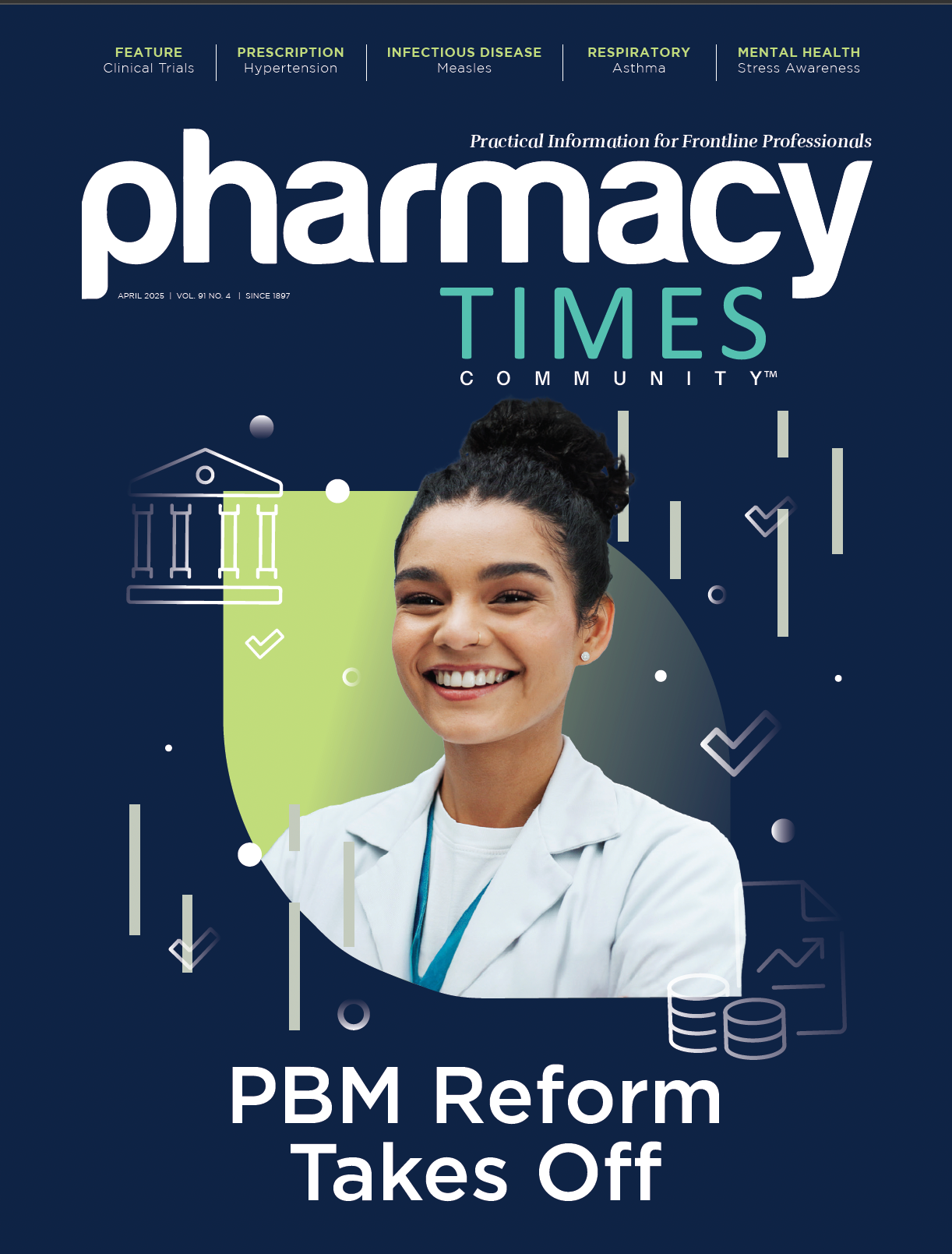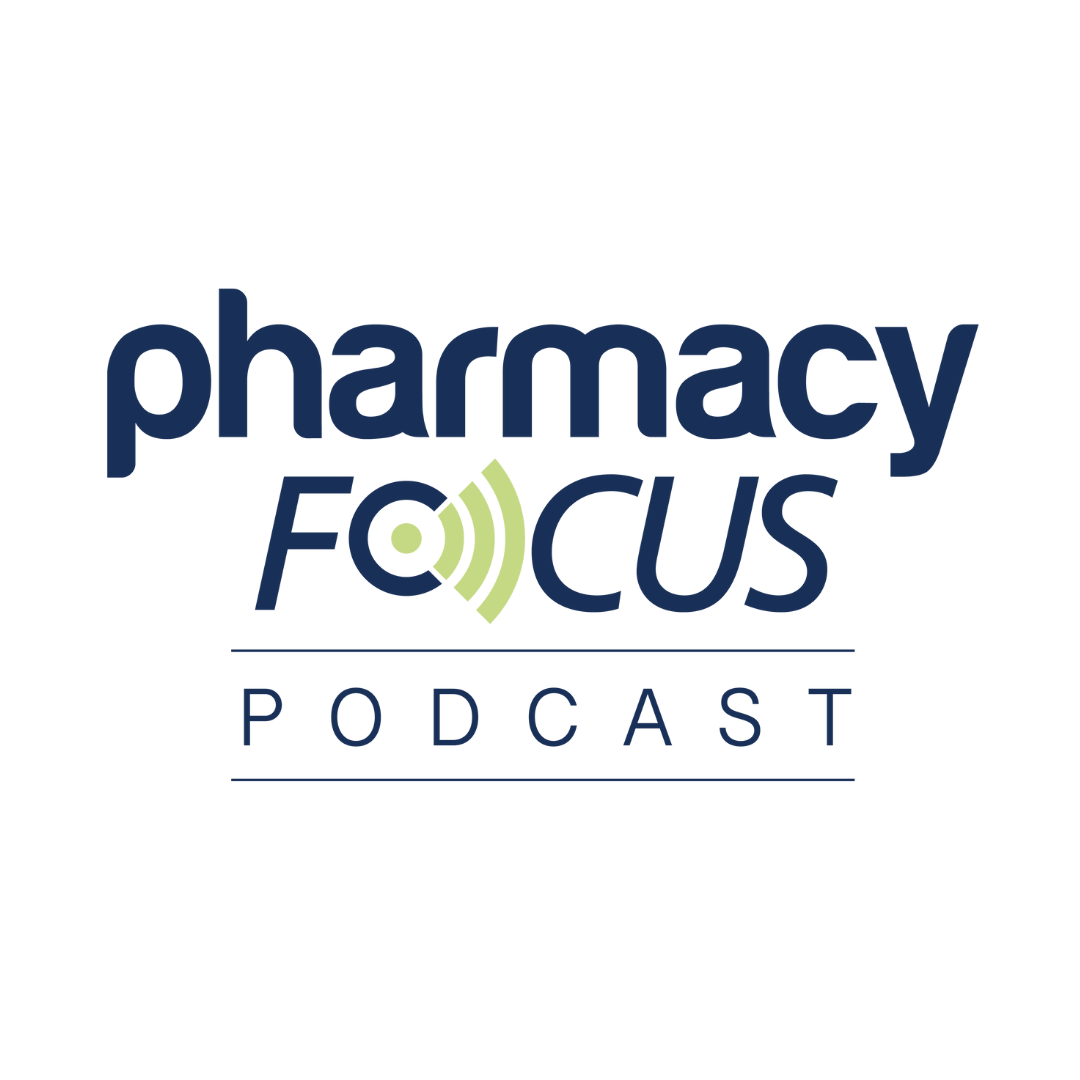The older person requires an opportunity for expression and experience and autonomy and accomplishment, not support and care and feeding and sympathy. [Overemphasis on] high-level medical technology applied at the end of a natural life span epitomizes the absurd. —James Fries, MD
Social Security at 35?
Did you know that the average life expectancy in the United States immediately preceding the Civil War was less than 40 years?1Globally, it was less than 30 years during the same period. Immediately prior to World War I, it was less than 55 years and less than 40 years worldwide. It has only been within the past century, beginning with the birth of the Greatest Generation, that we have seen humans live beyond our design.2,3
What Is Normal Aging?
The past century is a blink of an eye compared with the duration of human history. To the best of our knowledge, in recorded human history, the average age has hovered around 30 years, with outliers living into their 40s.3 So what is normal aging above 40 years? Our species doesn’t have much runway to establish what is normal for what we now consider middle age.
Point Can Be Divergent
Some health care providers focus on organ systems (eg, cardiologists), and some focus on pathologies (eg, infectious disease specialists). Others are holistic (eg, family medicine), and still others practice in aesthetics (eg, cosmetics). All are in service to the patient but have different vantage points, and different providers and provider types can have diverging views on accepting the aging processes and consequences that come with them vs fighting against them. Nary a day goes by without many providers uttering the phrase, “Well, that’s just part of aging” or “You’ll just have to accept it,” whether the malady be degenerative joints, loss of memory, loss of fertility, or loss of zeal. Often, providers’ perspectives on whether to intervene rest on whether they have the ability to do something about a health concern or limitation. If they feel they can do something about it, they will offer a solution. If not, many practitioners will dismiss the concern or encourage acceptance.
About the Author
Troy Trygstad, PharmD, PhD, MBA, is the executive director of CPESN USA, a clinically integrated network of more than 3500 participating pharmacies. He received his PharmD and MBA degrees from Drake University and a PhD in pharmaceutical outcomes and policy from the University of North Carolina. He has recently served on the board of directors for the Pharmacy Quality Alliance and the American Pharmacists Association Foundation. He also proudly practiced in community pharmacies across the state of North Carolina for 17 years.
An Argument for Patient-Centered Aged-Care Delivery
What is the perspective of the patient? What are their views on aging and their goals for the remainder of their life? The most profound statement I’ve ever encountered in my own patient journey was from a family physician who offered the following at my office visit upon my turning 40 years old (remember, I’d be one of the oldest people on the planet only 150 years ago). He said, “How you treat your body in your 40s will determine how much you enjoy your 50s and 60s.” That motivated me to implement a larger complement of range of motion exercises and weight training to avoid continued joint degeneration as I put a premium on maintaining mobility over other activities of daily life. For others, it might be learning a new language or writing with the nondominant hand to stave off dementia. Whatever the goals, they should be patient-created and -centered goals, and providers should assist in achieving them.
Pharmacy Compounding and Bioidentical Hormone Replacement
During my pharmacy education, I had the good fortune to spend some time training at a full-service compounding pharmacy that focused on women’s health and hormone replacement. It colored my own vantage point as a health care provider and provided me with some knowledge about replacing or balancing hormones in response to aging processes. Why would we accept normal aging, when biologically, most of us reading this article are beyond normal aging in the context of human history? I encountered patients each and every day who expressed incredible gratitude for their bioidentical hormone replacement therapies, customized to their specific physiological circumstances at that particular moment in their life’s timeline, with their own chosen goals of maintaining the qualities of life they prioritized.
What About GLP-1s?
Should weight management be a priority at 70 years? Does it matter whether an individual has diabetes? What if they do not have diabetes; is the use of glucagon-like peptide-1 (GLP-1) medications still justified? Who justifies it—the provider, the insurer, or the patient and their goals? What if it turns out that GLP-1s can help a 70-year-old individual with alcohol misuse disorder prevent the often secondary domestic violence that results? What if it helps an 80-year-old individual lose 40 pounds so that they may live out their life in their own home, keeping house and doing their own laundry until the day they die?
Compressing Morbidity
James Fries, MD, published a seminal article in 1980 titled “Aging, Natural Death, and the Compression of Morbidity,” in which he posits that the outer edge of the capability of our existence on earth is, on average, likely to be 85 years and our collective and individual goal should be to compress the morbidity (and the pain, suffering, and loss of productive life) that goes with it as far toward that outer edge as possible (and if one’s unique genetics allow, even longer).1 The goal should not be simply to avoid death but rather to maximize wellness toward a more expedient sickening process and death. It is a laudable and worthy goal to stay well a full 50 years after the average life expectancy for the known existence of humans; we should fight against normal aging if it makes us well or maintains wellness.
Pharmacists Are Uniquely Positioned to Compress Morbidity
Pharmacists are very well positioned to play the role of assisting in the fight against aging and degeneration. Surgeons and others play their role, but therapeutics both prescribed and deprescribed can play an outsized and disproportionate role in people staying well alongside nontherapeutic means. I don’t buy the idea that wellness is best represented by lack of the need for therapeutics. Hundreds of millions of humans use hormone replacement therapies for an aging thyroid that hasn’t been designed or evolved to last reliably for a century. Examples abound, but the frame of reference shouldn’t be defense but rather offense. It shouldn’t be responsive to pathological symptoms but rather offensive against all things that cause one to decrease the probability of optimizing their health and wellness goals (ie, compressing morbidity to its outward edge).
Pharmacists Specializing in Age-Related Morbidities Can Practice Well Over the Next Few Decades
For the first time in history, more than half the US population is now older than 40 years, and that percentage will rise dramatically without sufficient immigration to offset continued declines in fertility and native birth rates.3 Perhaps robots and artificial intelligence will mitigate the need for young hands and minds. Even so, that would only increase the need for humans to actively fight aging and functional decline. I was heartened to see that the American Society of Consultant Pharmacists (ASCP) has created an “age-friendly pharmacist” badge to motivate and identify pharmacists who practice as such.4
To that aim, if you need a spectacular compounding pharmacy that integrates women’s health, see Central Iowa Compounding (cicrx.com) and check in with Sue Horton, RPh. And if you need a spectacular pharmacist consultant who specializes in patient-centered age-friendly pharmacist services, see DeLon Canterbury, PharmD, BCGP, at GeriatRx (geriatrx.org). I would like to thank both of them for helping create my own vantage point on aging.
REFERENCES
1. Fries JF. Aging, natural death, and the compression of morbidity. N Engl J Med. 1980;303(3):130-135. doi:10.1056/NEJM198007173030304
2. Life expectancy (from birth) in the United States, from 1860 to 2020. Statista. August 9, 2024. Accessed March 27, 2025. https://www.statista.com/statistics/1040079/life-expectancy-united-states-all-time/
3. Life expectancy is rising. Human Progress. March 1, 2023. Accessed March 27, 2025. https://humanprogress.org/trends/life-expectancy-is-rising/
4. New digital badge recognizes age-friendly pharmacists committed to improving care for older adults. News release. American Society of Consultant Pharmacists. March 17, 2025. Accessed March 27, 2025. https://www.ascp.com/news/696261/New-Digital-Badge-Recognizes-Age-Friendly-Pharmacists-Committed-to-Improving-Care-for-Older-Adults-.htm







